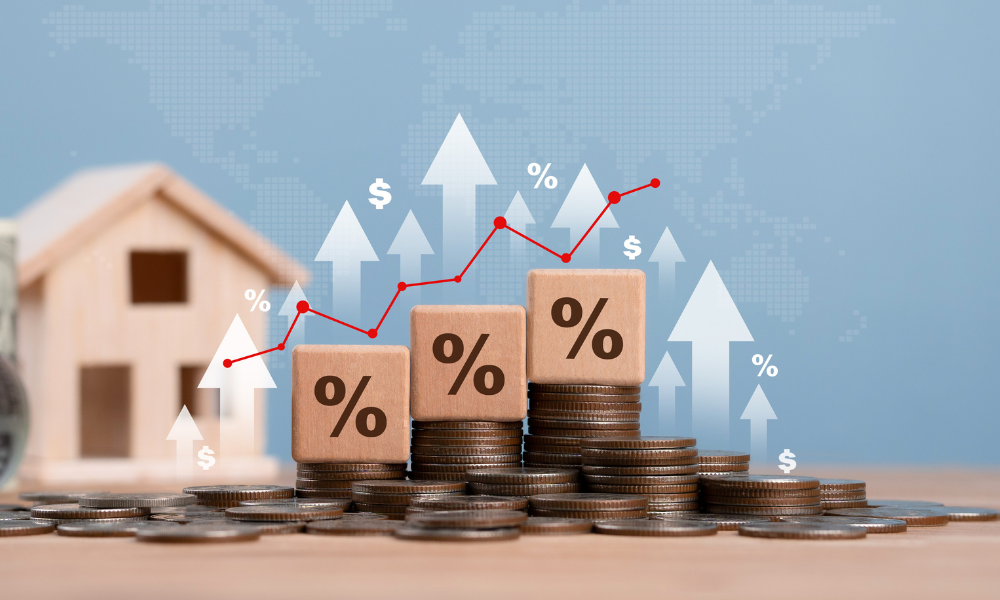Is this the beginning of a recovery, or just a temporary reprieve?

Existing-home sales in the US saw a 2.2% increase in December, reaching a seasonally adjusted annual rate of 4.24 million, according to the National Association of Realtors® (NAR). This marks the strongest pace since February 2024 and reflects a 9.3% year-over-year rise, the largest annual increase since June 2021.
However, despite the improvement in late 2024, total existing-home sales for the year fell to 4.06 million, the lowest level since 1995. The median home price for 2024, meanwhile, hit a record high of $407,500.
“Home sales in the final months of the year showed solid recovery despite elevated mortgage rates,” said Lawrence Yun, NAR’s chief economist. He noted that while winter typically sees a slowdown in real estate activity, sales have risen year-over-year for three consecutive months.
The housing inventory tightened significantly, falling 13.5% from November to 1.15 million units by the end of December. This represents a 3.3-month supply at the current sales pace, a decrease from 3.8 months in November.
Dr. Selma Hepp, chief economist at CoreLogic, offered additional context on the market conditions: “It’s important to remember that home sales are right in the middle of a seasonal slump and will not break free from the frost until the spring home buying season is upon us.” She noted that, historically, consumer sentiment takes more than a year to improve following a period of inflationary pressures.
Price trends
December’s sales growth was not uniform across the country. Three of the four major US regions experienced increases:
- Northeast: Sales rose 3.9% from November to an annual rate of 530,000, reflecting a 10.4% year-over-year increase. The median home price jumped 11.8% to $478,900.
- South: Sales increased 3.2% to an annual rate of 1.93 million, a 9.0% improvement from December 2023. The median price rose 3.4% to $361,800.
- West: Sales climbed 2.6% to an annual rate of 790,000, up 12.9% year-over-year. The median price reached $614,500, a 6.0% increase.
- Midwest: The only region to see a decline, sales slid 1.0% to an annual rate of 990,000, although this was still 6.5% higher than a year ago. The median price rose 9.0% to $298,600.
Economic challenges and market dynamics
Elevated mortgage rates continued to influence buyer behavior, with the average 30-year fixed mortgage rate at 6.96% as of January 23, 2025. Yun observed that while upper-tier homes priced above $1 million saw a 35% sales increase from the previous year, properties priced under $250,000 experienced a decline.
First-time buyers represented 31% of December’s transactions, a slight improvement from 30% in November and 29% in December 2023. Cash sales also gained ground, accounting for 28% of purchases, up from 25% the previous month.
Looking ahead, Hepp noted that while spring could bring some recovery, inflationary pressures will likely keep mortgage rates high and constrain broader consumer sentiment in the near term.
“Inflation remains above the Fed’s target, so mortgage rates are not expected to dip meaningfully in the next few months,” she said. “The average American household will continue to feel pressure not to spend as prices remain high.”
What are your thoughts on the recent findings? Let us know in the comments below.



